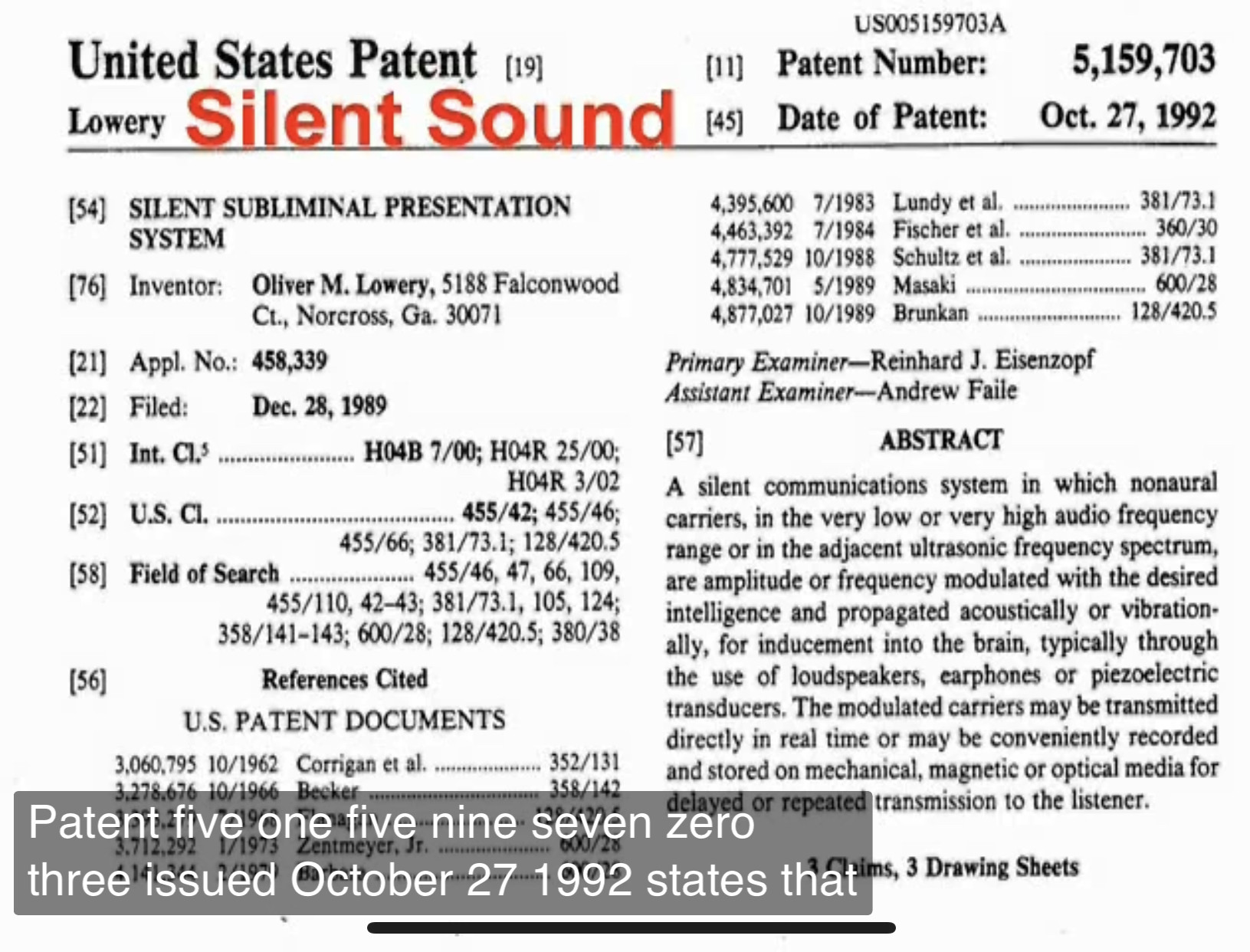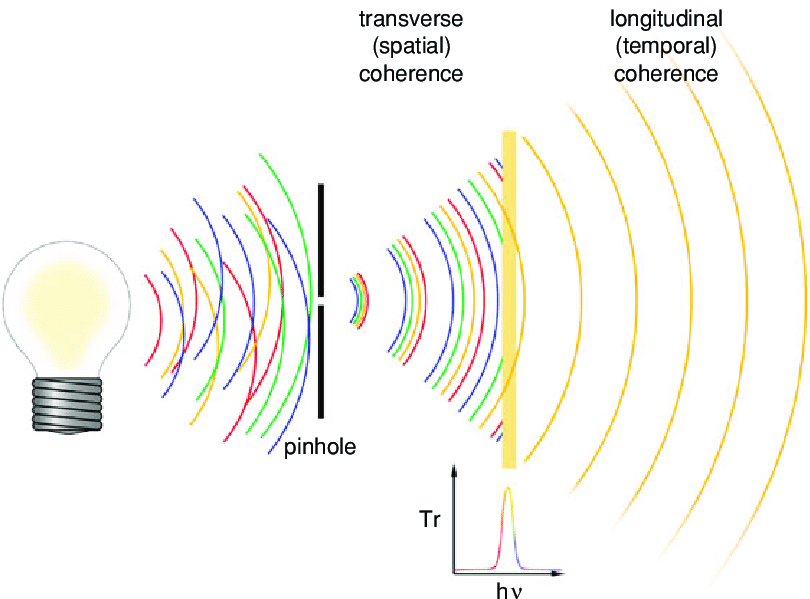Teacher.Medical provider.IT lead 17 yrs.1st Gen Auschwitz survivor.Pro-Constitution.Like not=to support.DRAIN THE SWAMP ALL OF IT! TRUMP2021
"The intelligence agencies of the West r not confronting China - they're copying China: total 24/7 surveillance, AI, 5G. The totalitarian nightmare is being imported to free countries." - EmeraldRobinson, Newsmax,7-11-21
GeorgePapadopoulos,4-20-20: "Brennan: 'We put 2gether a Fusion Center at CIA that brought NSA &FBI officers 2gether w CIA to make sure that those proverbial dots would be connected.' CIA involved in targeting me and other Americans....BIG problem!"
“Domestic Terrorism Against an Individual...Because the [covert] crimes of Organized [Gang] Stalking, Electronic Torture and Mind Control are United States Government conceived and generated crimes, these crimes often utilize Military technologies not available to or even known about by the general public...It’s the most MASSIVE of all illegal activities, a well-guarded secret in the world today.” - The Invisible Crime, Prt2, Michael F Bell.
President Trump,4-6-20: "Human trafficking utilizing TECHNOLOGY…"
Quantum illumination is a paradigm for target detection that employs quantum entanglement between a signal electromagnetic mode and an idler electromagnetic mode, as well as joint measurement of these modes. The signal mode is propagated toward a region of space, and it is either lost or reflected, depending on whether a target is absent or present, respectively. In principle, quantum illumination can be beneficial even if the original entanglement is completely destroyed by a lossy and noisy environment.
A microwave-range model of a quantum radar was proposed in 2015 by an international team[6] and is based on the protocol of Gaussian quantum illumination.[7] The basic concept is to create a stream of entangled visible-frequency photons and split it in half. One half, the "signal beam", goes through a conversion to microwave frequencies in a way that preserves the original quantum state. The microwave signal is then sent and received as in a normal radar system. When the reflected signal is received it is converted back into visible photons and compared with the other half of the original entangled beam, the "idler beam".
Many quantum information applications, such as quantum teleportation,[1] quantum error correction, and superdense coding, rely on entanglement. However, entanglement is a fragile quantum property between particles and can be easily destroyed by loss and noise arising from interaction with the environment, leading to quantum decoherence. Entanglement is therefore considered very hard to use in lossy and noisy environment.
Lloyd, Shapiro and collaborators showed that even though entanglement itself may not survive, the residual correlation between the two initially entangled systems remains much higher than any initial classical states can provide. This implies that the use of entanglement should not be dismissed in entanglement-breaking scenarios.
Quantum illumination takes advantage of this stronger-than-classical residual correlations between two systems to achieve a performance enhancement over all schemes based on transmitting classical states with comparable power levels. Quantum illumination is particularly useful in extremely lossy and noisy situations.
Although most of the original entanglement will be lost due to quantum decoherence as the microwaves travel to the target objects and back, enough quantum correlations will still remain between the reflected-signal and the idler beams. Using a suitable quantum detection scheme, the system can pick out just those photons that were originally sent by the radar, completely filtering out any other sources. If the system can be made to work in the field, it represents an enormous advance in detection capability.
One way to defeat conventional radar systems is to broadcast signals on the same frequencies used by the radar, making it impossible for the receiver to distinguish between their own broadcasts and the spoofing signal (or "jamming"). However, such systems cannot know, even in theory, what the original quantum state of the radar's internal signal was. Lacking such information, their broadcasts will not match the original signal and will be filtered out in the correlator. Environmental sources, like ground clutter and aurora, will similarly be filtered out.
The concept of quantum illumination was first introduced by Seth Lloyd and collaborators at MIT in 2008.[2][3] A theoretical proposal for quantum illumination using Gaussian states[4] was proposed by Jeffrey Shapiro and collaborators.[3]
The basic setup of quantum illumination is target detection. Here the sender prepares two entangled systems, called signal and idler. The idler is retained while the signal is sent to probe the presence of a low-reflectivity object in a region with bright background noise. The reflection from the object is then combined with the retained idler system in a joint quantum measurement providing two possible outcomes: object present or object absent. More precisely, the probing process is repeated many times so that many pairs of signal-idler systems are collected at the receiver for the joint quantum detection.
In 2015, an international collaboration coordinated by Stefano Pirandola [5][6] extended the protocol of quantum illumination to the microwave frequencies, thus providing the first theoretical prototype of quantum radar.
One design was proposed in 2005 by defence contractor Lockheed Martin.[8][9] The patent on this work was granted in 2013. The aim was to create a radar system providing a better resolution and higher detail than classical radar could provide.[10] However no quantum advantage or better resolution was theoretically proven by this design.
In 2015, an international team of researchers,[6] showed the first theoretical design of a quantum radar able to achieve a quantum advantage over a classical setup. In this model of quantum radar, one considers the remote sensing of a low-reflectivity target that is embedded within a bright microwave background, with detection performance well beyond the capability of a classical microwave radar. By using a suitable wavelength "electro-optomechanical converter", this scheme generates excellent quantum entanglement between a microwave signal beam, sent to probe the target region, and an optical idler beam, retained for detection. The microwave return collected from the target region is subsequently converted into an optical beam and then measured jointly with the idler beam. Such a technique extends the powerful protocol of quantum illumination[11] to its more natural spectral domain, namely microwave wavelengths.
Potential applications of quantum illumination include target detection in high background noise environments, but also ultra-sensitive biological imaging and sensing, and secure communication.
In 2019, a three-dimensional enhancement quantum radar protocol was proposed.[12] It could be understood as a quantum metrology protocol for the localization of a non-cooperative point-like target in three-dimensional space. It employed quantum entanglement to achieve an uncertainty in localization that is quadratically smaller for each spatial direction than what could be achieved by using independent, unentangled photons.
Review articles that delve more into the history and designs of quantum radar, in addition to the ones mentioned in the introduction above, are available on the arXiv.[13][14]
A quantum radar is challenging to be realized with current technology, even though a preliminary experimental prototype has been realized.[15]
There are a number of non-trivial challenges behind the experimental implementation of a truly-quantum radar prototype, even at short ranges. According to current quantum illumination designs, an important point is the management of the idler pulse that, ideally, should be jointly detected together with the signal pulse returning from the potential target. However, this would require the use of a quantum memory with a long coherence time, able to work at times comparable with the round-trip of the signal pulse. Other solutions may degrade too much the quantum correlations between signal and idler pulses to a point where the quantum advantage may disappear. This is a problem that also affects optical designs of quantum illumination.
In quantum computing, quantum memory is the quantum-mechanical version of ordinary computer memory. Whereas ordinary memory stores information as binary states (represented by "1"s and "0"s), quantum memory stores a quantum state for later retrieval. These states hold useful computational information known as qubits. Unlike the classical memory of everyday computers, the states stored in quantum memory can be in a quantum superposition, giving much more practical flexibility in quantum algorithms than classical information storage.
Quantum memory is essential for the development of many devices in quantum information processing, including a synchronization tool that can match the various processes in a quantum computer, a quantum gate that maintains the identity of any state, and a mechanism for converting predetermined photons into on-demand photons. Quantum memory can be used in many aspects, such as quantum computing and quantum communication. Continuous research and experiments have enabled quantum memory to realize the storage of qubits.
Environmentally friendly photoluminescent nanoparticles for more vivid display colors
Researchers created a new type of light-emitting nanoparticle that is made of ternary non-toxic semiconductors to help create displays and LED lighting with better colors that are more environmentally friendly.
https://www.nanowerk.com/nanotechnology-news2/newsid=50971.phpIn summary, we have demonstrated band-edge emission from AgInS2 NPs by coating them with III–VI semiconductors, GaSx shells, with a composition ranging from x = 0.8 to x = 1.5. The new band-edge PL band has a FWHM as small as 30 nm in an ensemble and 20 nm at the single-particle level. The core/shell structure was successfully observed by HRTEM and STEM, which showed that, unlike conventional crystalline II–VI semiconductors shells, the GaSx shell was amorphous. The successful demonstration of surface trap removal by the amorphous layer may indicate a new direction in the design of core/shell nanostructures.
Similarly to the role of organic ligands that bind to specific elements to remove intra-bandgap defect levels, ‘soft’ non-crystalline inorganic shells might prove advantageous in stabilizing ternary, quaternary semiconductor NPs that have complex surface structures. In terms of PL QY, the AgInS2 NP cores obtained using the ‘mix everything and heating up method’ demonstrated a value representing 12.4% of the band-edge emission after coating with gallium sulfide. This value was further improved dramatically by several modifications to the synthetic conditions, for both core and shell syntheses, and by post-treatment of the core/shell NPs with TOP. Nearly single-band-edge emission with a PL QY as high as 56% was obtained by the modified synthetic procedures. These findings indicate that the core/shell AgInS
NPs are nearly comparable to cadmium chalcogenide QDs. The elucidation of the band-edge emission mechanism is underway, with the goal of further improving the PL QY and monochromaticity.
Narrow band-edge photoluminescence from AgInS 2 semiconductor nanoparticles by the formation of amorphous III–VI semiconductor shells | NPG Asia Materials
Nanoparticles of I–III–VI semiconductors are promising candidates for novel non-toxic fluorescent materials. However, removal of defect levels responsible for their broad-band emission has not been successful to date. The present study demonstrates, for the first time, the coating of cor..
https://www.nature.com/articles/s41427-018-0067-9Broadband, term describing the radiation from a source that produces a broad, continuous spectrum of frequencies (contrasted with a laser, which produces a single frequency or very narrow range of frequencies). ... Sunlight is also broadband radiation.



